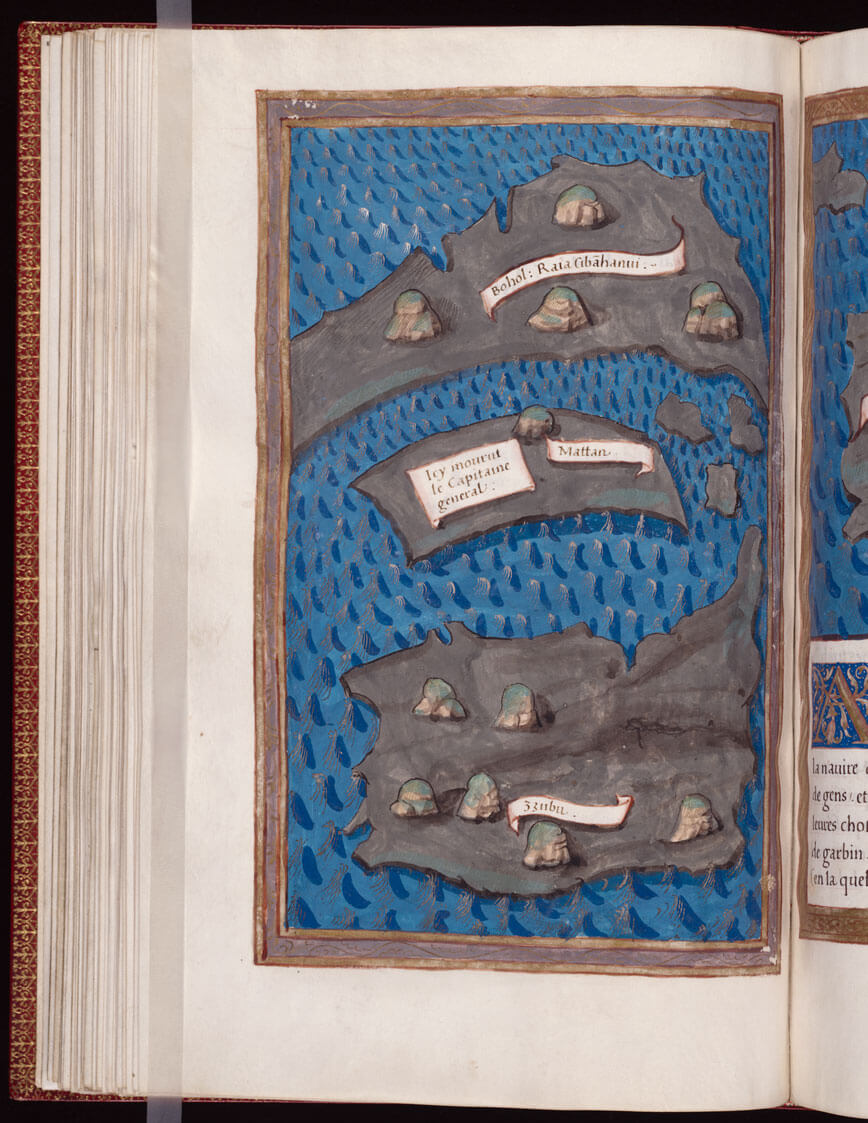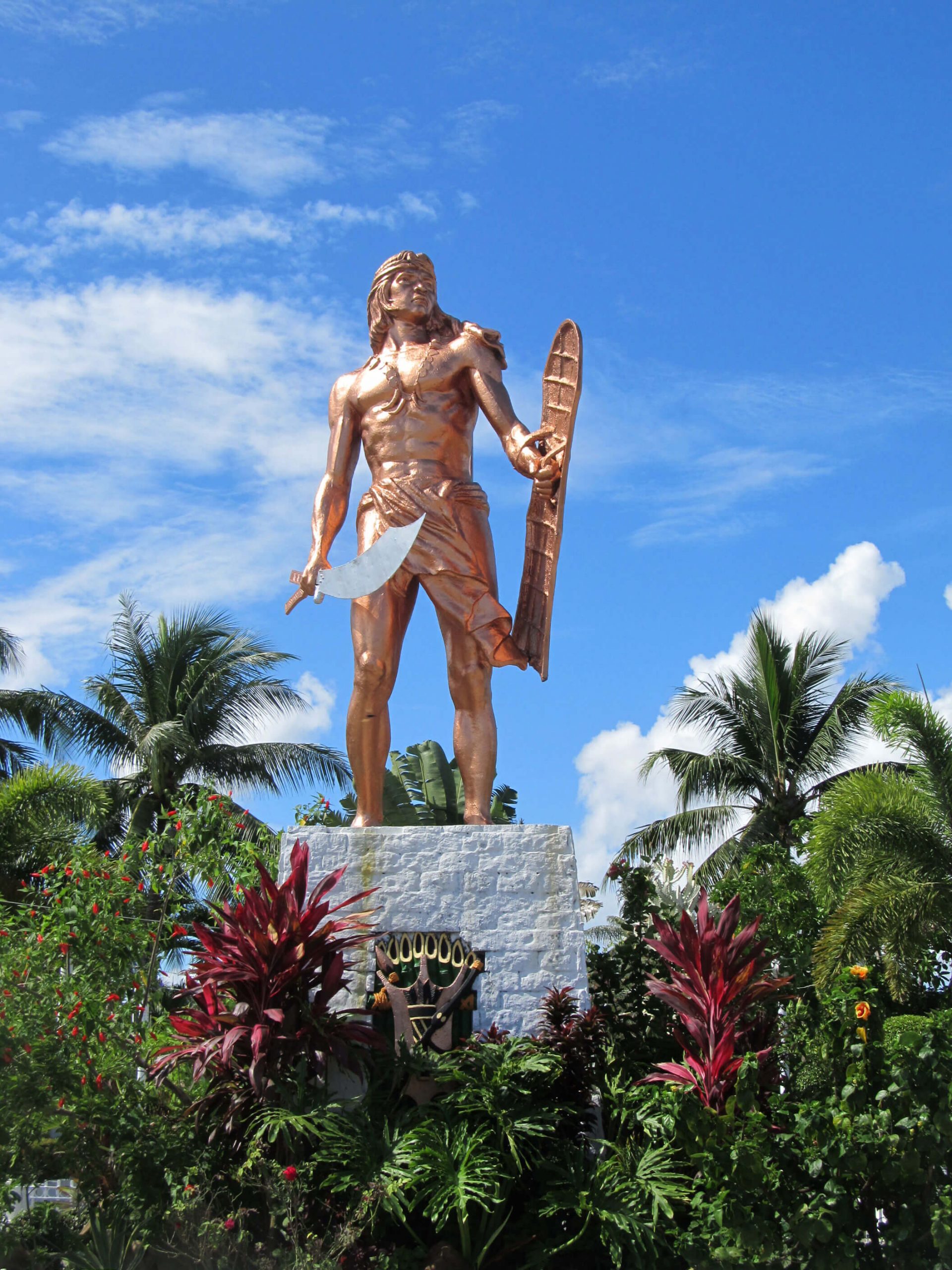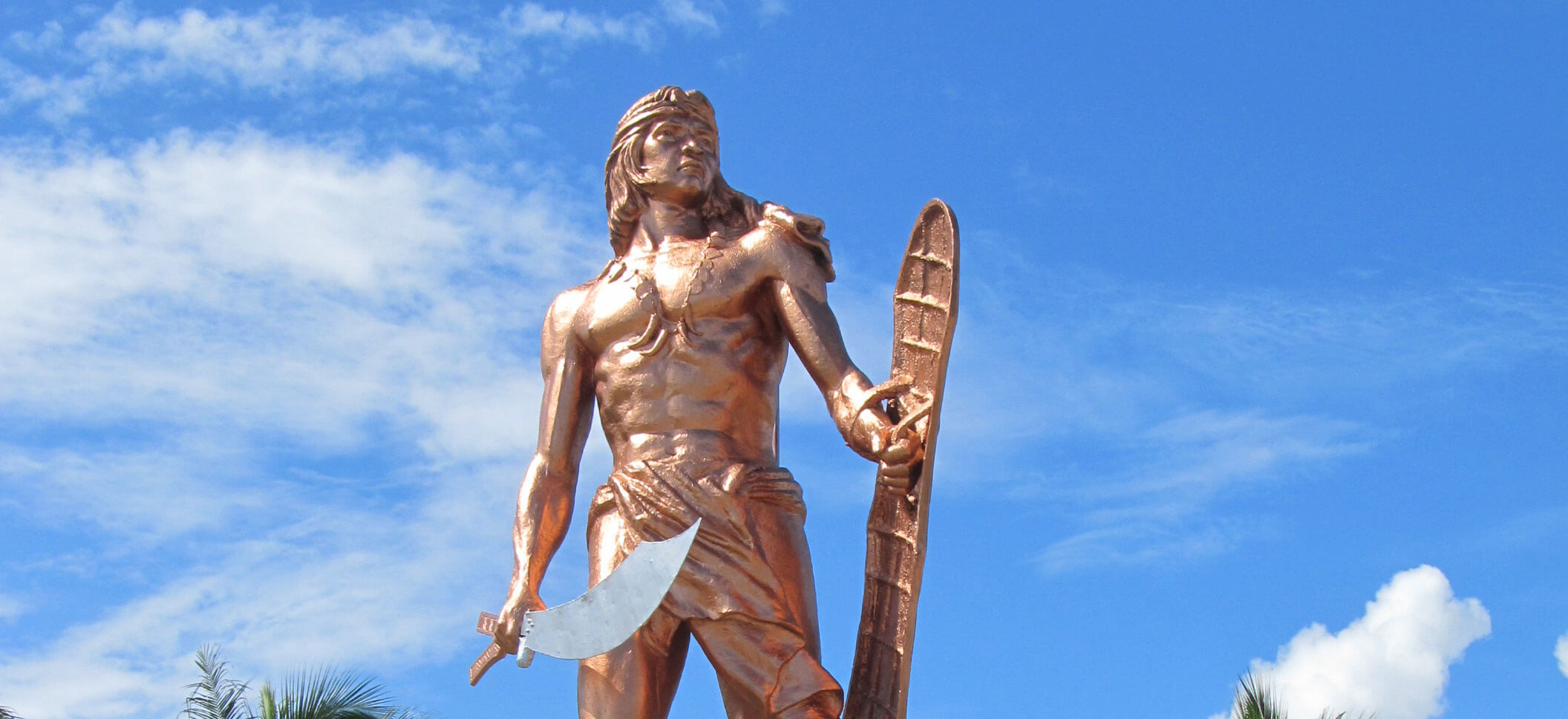Far from the simplistic and nationalistic recounting of the Battle of Mactan as local warriors repelling foreign invaders, what happened had more to do with local infighting over control of the Mactan channel.
Historian and National Artist Resil Mojares said Lapulapu had offered to submit to the King of Spain upon Ferdinand Magellan’s demand but not to his rival Humabon. Magellan had decreed Humabon as local sovereign to whom the other chiefs should submit.
“One wonders whether Lapulapu would have resisted if Magellan had chosen him as ally instead,” Mojares said.
Mojares said this during a talk last October 31 hosted by the Cebuano Studies Center of the University of San Carlos. The talk, which is part of the Vicente Sotto Lecture Series, was streamed on Facebook.

Early attacks on Mactan
Mojares said the incident happened during the 2nd attack on Mactan in 1521 as recounted by Italian historian Peter Martyr, who interviewed survivors of the Magellan expedition in Spain.
Mojares said there were two attacks against Mactan before the April 27 battle that led to the death of Magellan.
The first attack was against a settlement in Bullaia, which Mojares said is likely the present-day Barangay Buaya.
The second attack, on the other hand, is not as known and widely discussed and came shortly after the assault on Bullaia. Mojares said Martyr wrote that the attack was on Mattan, which was “supposed to be the settlement of Lapulapu himself, where he had his residence.”
Mojares said Mattan was what was later known as Opon, “which is the principal settlement of the island.” He said it was common for the principal settlement to have the same name as the island itself.
Sacking of Mattan
In Martyr’s account, Magellan led a force to Mattan and then demanded, via an interpreter, that Lapulapu submit to the King of Spain and Humabon as local sovereign.
“Lapulapu was said to have replied that he was willing to obey the King of Spain but not Humabon,” Mojares said. “So thereupon, Magellan ordered a fortress composed of about 50 houses near the royal residence to be sacked and burned.”

Mojares said Magellan did not understand the local political dynamics and got mired in the local conflict. He said the Visayan society was built on chiefdoms, which are a network of alliances of chiefs “bonded by loose ties of personal allegiance to a senior among them.”
Mojares said eyewitness accounts indicated that when Magellan arrived, there was an ongoing feud between Humabon and Lapulapu over control of the Mactan Channel. He said Lapulapu saw himself as militarily superior to Humabon and that the channel was important to his chieftainship.
Mojares said that all the accounts of the other survivors, although fragmentary, “say that what caused the Battle of Mactan was the ongoing feud between Humabon and Lapulapu in which Magellan became embroiled in.”
Network of chiefdoms
Visayan society during the time of Magellan was a network of chiefdoms, which are alliances of chiefs “bonded by loose ties of personal allegiance to a senior among them.” Mojares said there were several types of chiefdoms based on how many were under them in the hierarchy but Cebu was known as a “paramount chiefdom.”
“A chief’s authority derived from lineage, number of subjects, reputation for physical prowess,” he said.
Chiefdoms were weakly centralized and characterized by shifting alliances.
It was into this political environment that Magellan waded in when he arrived in Cebu. He did not understand how chiefdoms worked, being a European used to a much centralized authority, when he named Humabon as the sovereign in the region.
“Magellan comes in to say this is your king. I mean, that was not how things were done,” Mojares said.

Baptism as alliance building
He said Humabon saw his conversion to Christianity through the lens of forging alliances to strengthen his chiefdom.
“Consider the alacrity with which Humabon, through the instrument of Christian baptism, won himself an ally and patron in Magellan,” Mojares said.
The two earlier attacks against Mactan and the new nature of the enemy – not just raiding for booty and slaves but intent to stay and reconfigure local society – may have made Lapulapu think that he only had two choices: fight the Spaniards or submit to Humabon.
When Magellan led a force of 60 men to attack for a third time and show Cebuanos the Spanish military might, the people of Mactan made their stand and fought back.

